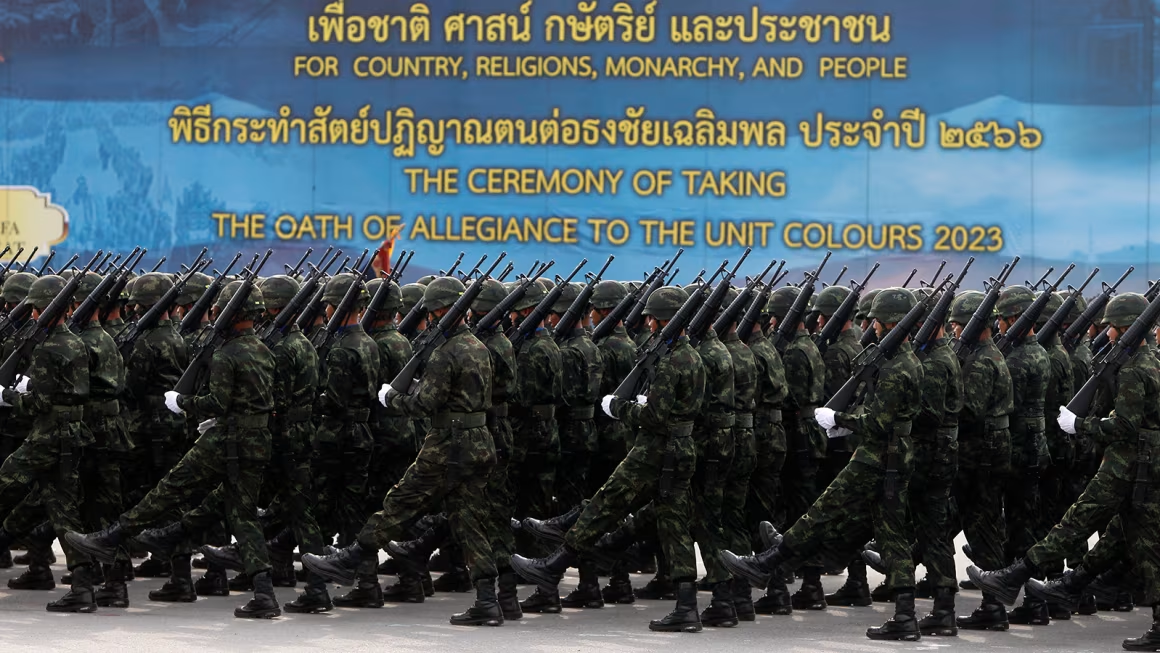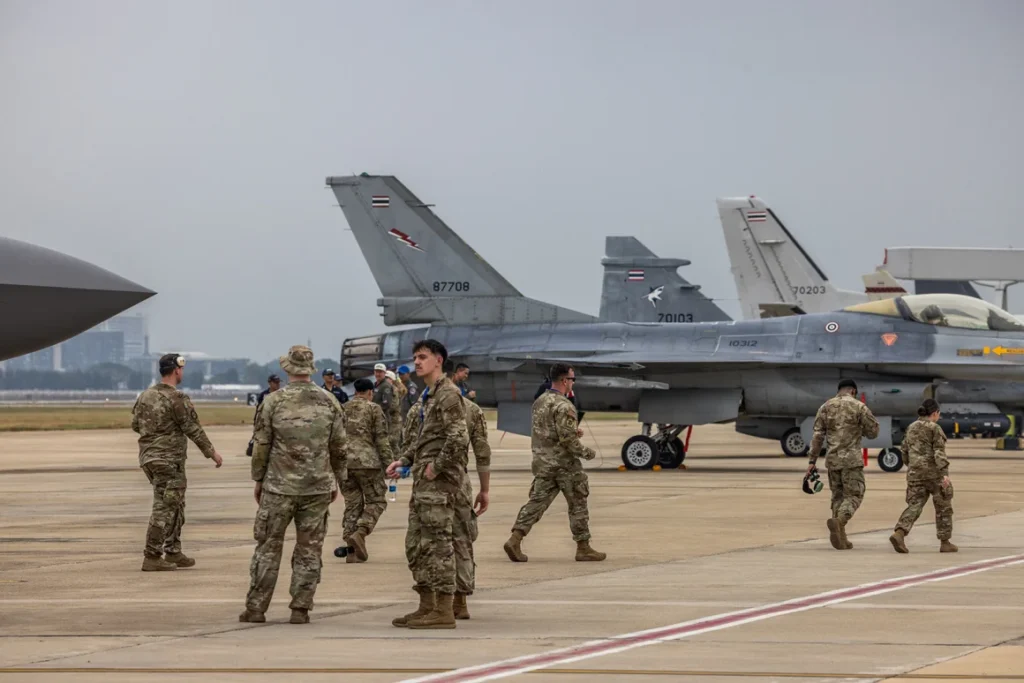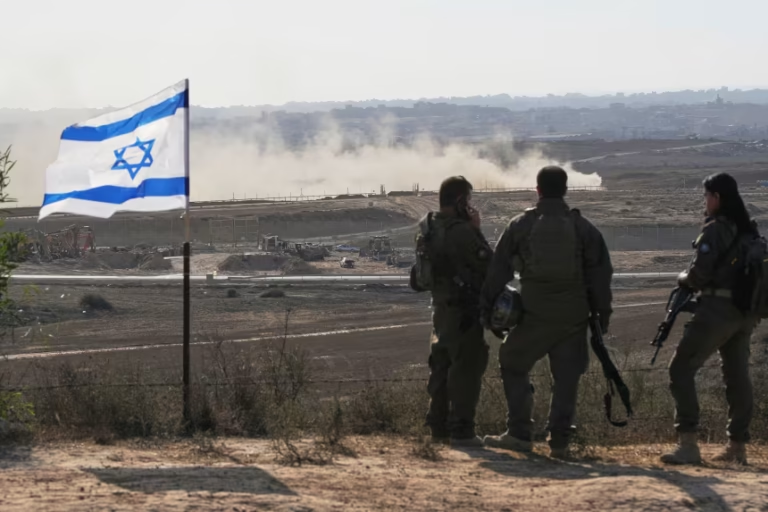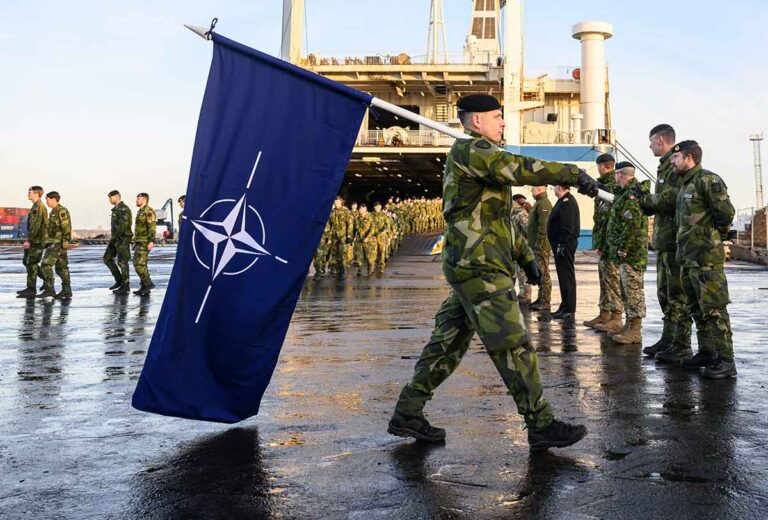
The ongoing tension between Thailand and Cambodia has once more highlighted the delicate geopolitics of Southeast Asia.On one side is Thailand, a long-time partner of the U.S.
with robust military capabilities, economic power, and strong connections to Western security frameworks. Conversely, Cambodia—a state with lesser military strength—depends significantly on Chinese assistance in both financial and strategic matters.

Conflicts have escalated regarding contested border regions and rival historical assertions, especially concerning the ancient Preah Vihear temple site. Although conflicts are currently confined, the fundamental issues pertain to sovereignty, nationalism, and foreign influence. Thailand showcases confidence and deterrence through its advanced weaponry, U.S.-sourced systems, and seasoned military forces. Cambodia, despite being outclassed in traditional aspects, responds with steadfast support from Beijing, which has made significant investments in Cambodia’s infrastructure, economy, and defense.
This uneven distribution of force doesn’t inherently determine the result.Cambodia’s alliance with China carries broader geopolitical consequences
Chinese funding has strengthened Cambodia’s roads, ports, and military sites, including alleged access to naval installations. As Thailand tries to maintain its ties with the U.S. while engaging in regional diplomacy, Cambodia is increasingly gravitating towards China’s influence, deepening the divide among ASEAN countries.
Experts caution that rivalry among great powers is indirectly stoking local animosity. Washington’s dedication to Thailand comprises collaborative drills, military agreements, and weapon transactions. In contrast, Beijing leverages Cambodia as a strategic base in mainland Southeast Asia, promoting its Belt and Road initiative while undermining U.S. influence. Consequently, a bilateral matter threatens to evolve into a proxy conflict for two world powers.
Communities on both sides endure the repercussions. Border communities experience disruptions, involuntary relocation, and financial difficulties stemming from frequent conflicts. Although both administrations show eagerness for dialogue, national pride and outside influences diminish the likelihood of lasting peace. ASEAN’s mediation efforts have produced little progress, in part due to the bloc’s divisions on addressing members’ bilateral conflicts.

The conflict between Thailand and Cambodia therefore goes beyond just their borders. It illustrates changing power dynamics, disputed allegiances, and lingering historical grievances in an area increasingly influenced by international rivalry. If diplomacy doesn’t resume, ongoing militarization and foreign interference could exacerbate instability.
The road to resolution relies on both bilateral discussions and regional collaboration shielded from superpower conflicts. Only then can these nearby nations overcome conflict and progress toward harmony.



“Is this actually true? This changes everything if confirmed!”check
this out 👇👉👉👉👉👉 xenixnews.com